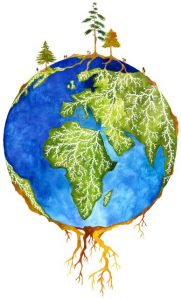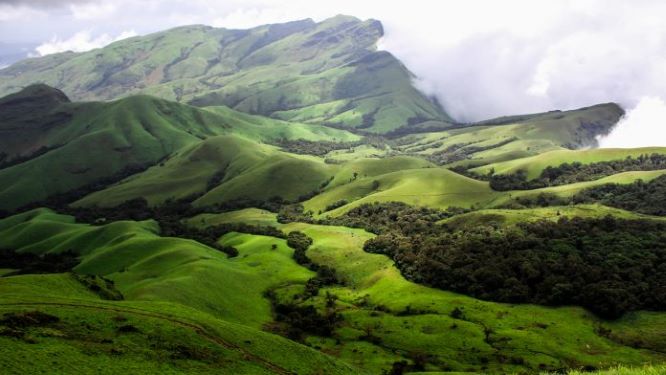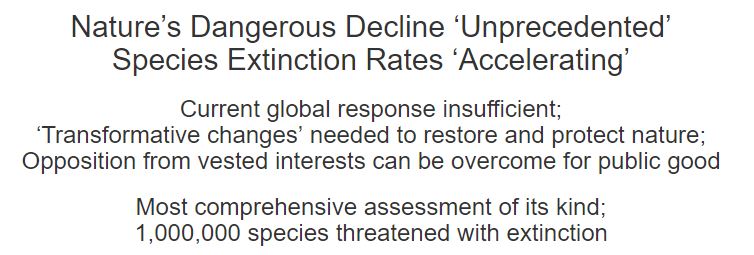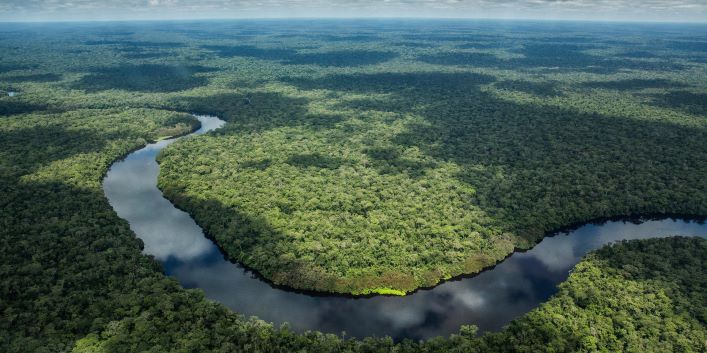The Ground Beneath Our Feet. Scientists Create Wood Wide Web

For the first in the world, scientists have made a complete map of the “wood wide web,” the underground network of bacteria and fungi that connects trees and passes nutrients from the soil to their roots.
An international study, published in the journal Nature, made a visual model of “mycorrhizal fungi networks” based on data from 1.2 million forest tree plots including more than 28,000 species of trees in more than 70 countries.
“It’s the first time that we’ve been able to understand the world beneath our feet, but at a global scale,” report co-author Prof. Thomas Crowther said in a statement.

Starting in 2012, Ecologist Thomas Crowther, now at ETH Zurich in Switzerland, gathered vast amounts of data on this, and in 2015, he mapped trees’ global distribution and reported that Earth has about 3 trillion trees.
Later inspired by him Kabir Peay, a biologist at Stanford University in Palo Alto, California, suggested doing the same for the web of underground organisms that connects forest trees. Later the researchers from Stanford University in the US and the Crowther Lab at ETH Zurich, Switzerland, tapped into a vast database by the Global Forest Initiative to shape the work.
“What we find is that certain types of microorganisms live in certain parts of the world, and by understanding that we can figure out how to restore different types of ecosystems and also how the climate is changing.”
Each tree in Crowther’s database is closely associated with certain types of microbes. Together they wrote a computer algorithm to search for correlations between the ectomycorrhizal (EM) fungi, arbuscular mycorrhizae (AM), and nitrogen-fixer–associated trees in Crowther’s database and local environmental factors such as temperature, precipitation, soil chemistry, and topography.
They then used the correlations found by the algorithm to fill in the global map and predict what kinds of fungi would live in places where they didn’t have data, which included much of Africa and Asia.
A type of fungi known as EM – largely found in the milder-climate forest – plays a role in trapping carbon from the atmosphere, while fungi found in the tropics, AM, accelerate carbon cycling.
The research claimed 60% of trees are linked to EM fungi, but climate change could see AM fungi take over as the dominant influence on tree species globally. This would have the knock-on effect of speeding up climate change, the report claimed. Any failure to slash carbon emissions by 2100 could see EM fungi decline by up to 10%, it added.








